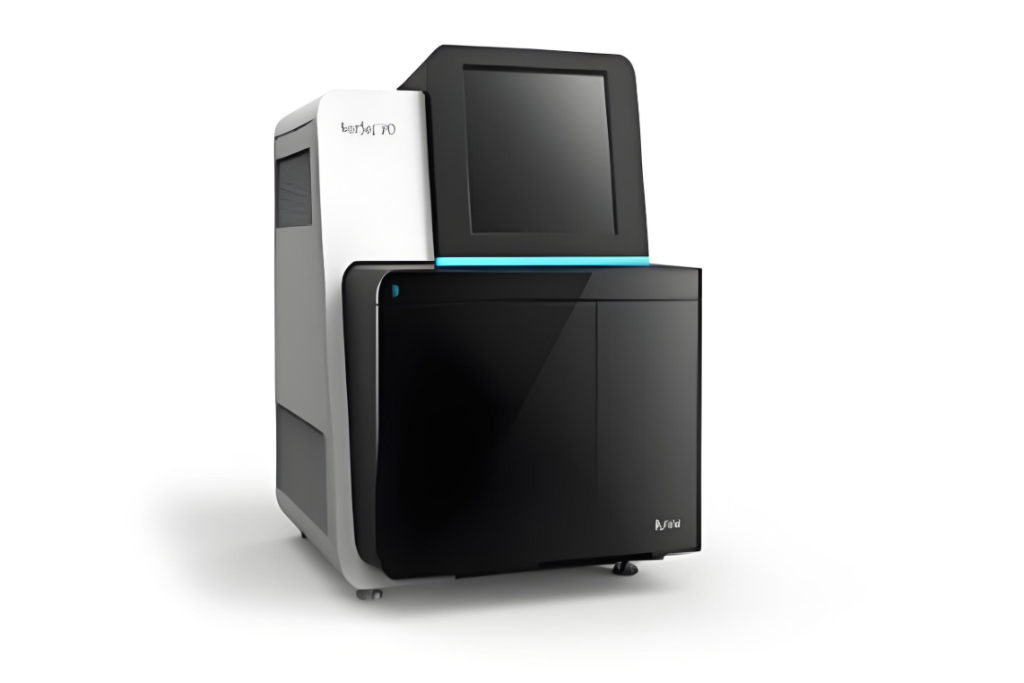PCB in Molecular Analyzers
Molecular analyzers are essential tools in chemical, biological, and physical research, used for the precise analysis of molecular structures and components. PCBs are involved in molecular analyzers in the following ways:
- High-Precision Signal Processing: Molecular analyzers need to process extremely weak signals, such as spectral or electrical signals. PCBs, with their high-precision signal routing and low-noise designs, ensure signal integrity, providing reliable experimental results.
- Data Acquisition and Processing Modules: Molecular analyzers typically need to capture and transmit detected data to a central processing unit in real-time. PCBs support the efficient operation of these instruments by embedding high-speed data processing chips.
- Miniaturization and Modular Design: Modern molecular analyzers are increasingly portable and compact. PCBs with multi-layer designs allow complex electronic circuits to be integrated within limited space, enhancing the flexibility of the devices.
PCB in Particle Accelerators
Particle accelerators are large-scale devices used for physics and materials science research, requiring extremely high precision and energy control. PCBs are applied in particle accelerators in the following areas:
- High-Frequency Signal Transmission: Particle accelerators involve the transmission and control of high-frequency signals. PCBs use specialized high-frequency materials such as PTFE or ceramic substrates to ensure low-loss signal transmission, supporting efficient accelerator operation.
- Electromagnetic Interference (EMI) Shielding: Particle accelerators generate strong electromagnetic interference during operation. PCBs minimize this interference by optimizing wiring and shielding designs, ensuring the system remains stable.
- Power Management and Thermal Dissipation: Particle accelerators require handling high power loads. PCBs provide reliable power distribution and management while utilizing thermal management materials and structural optimization to ensure the system operates without overheating during prolonged use.
PCB in Genomics Analysis Instruments
Genomics research requires instruments with extremely high precision and processing capability, and PCBs play a central role in these devices. The main applications of PCBs in genomics analysis instruments include:
- Signal Amplification and Filtering: Genomics analysis instruments typically deal with very low signals from DNA sequencing or RNA analysis. PCBs integrate signal amplification and filtering modules to ensure accurate signal capture and transmission.
- Data Storage and High-Speed Transmission: Genomics analysis generates vast amounts of data. PCBs incorporate high-speed storage chips and data transmission modules (such as PCIe or fiber-optic interfaces) to ensure real-time storage and transmission of large data volumes.
- Biocompatibility and Precision Design: The materials and design of PCBs must be compatible with the biological sample environment while maintaining high precision in the circuits’ operation.
Through material optimization and design advancements, PCBs provide the solid foundation needed to support scientific breakthroughs, ensuring modern scientific technologies continue to explore new frontiers

